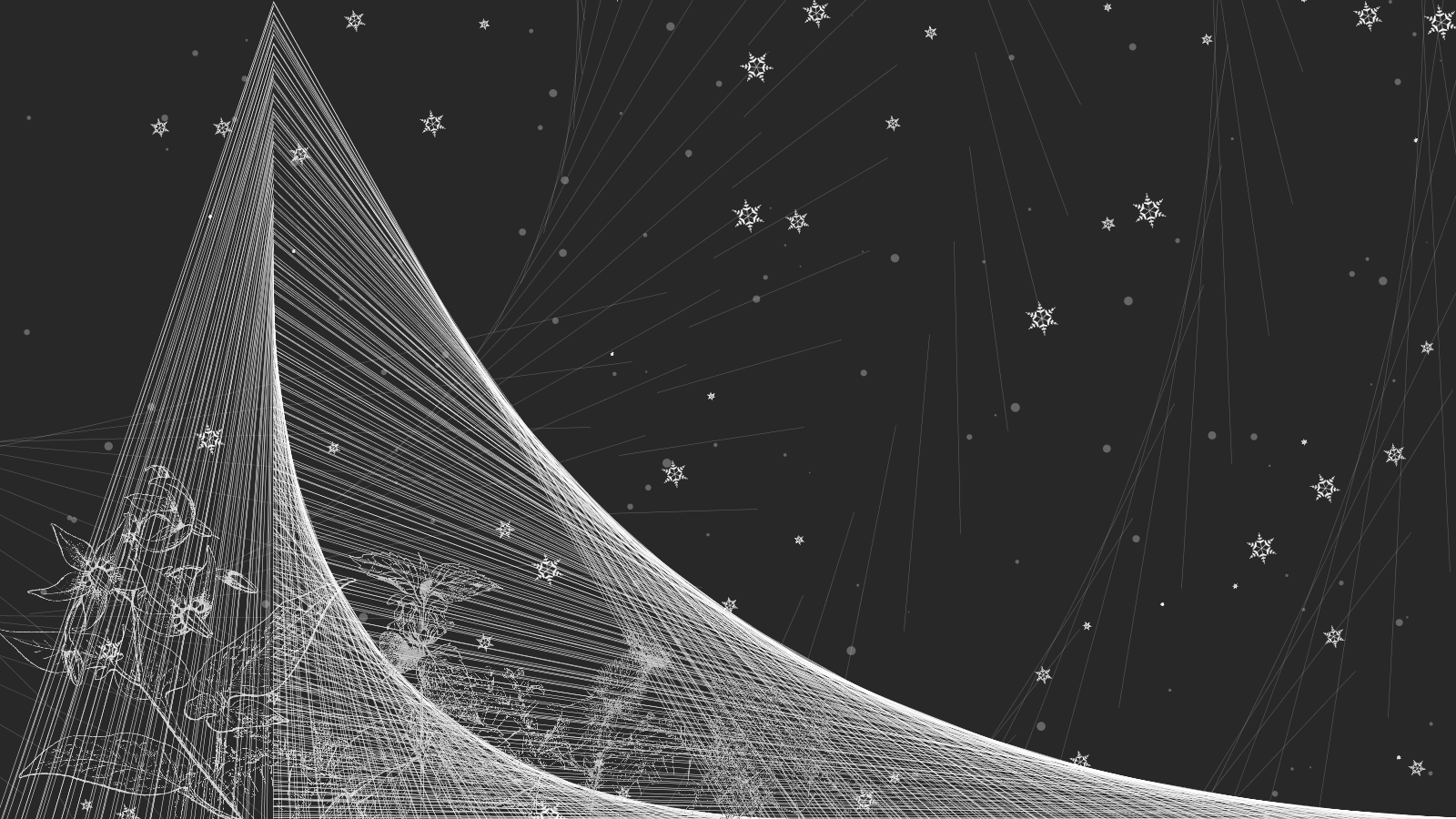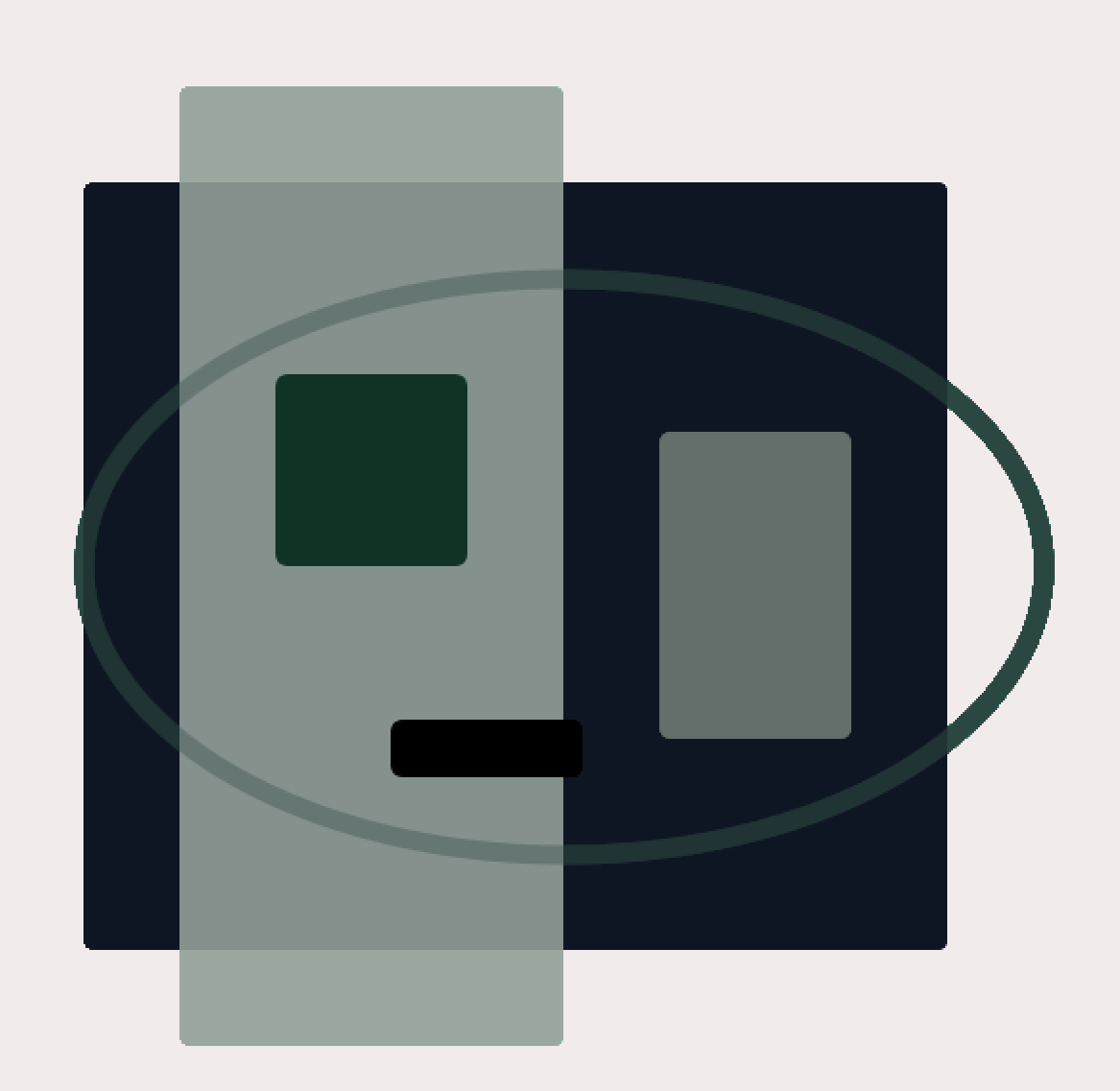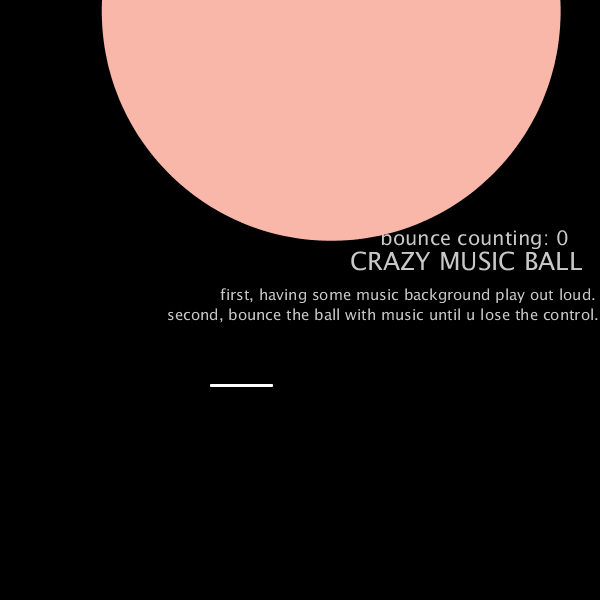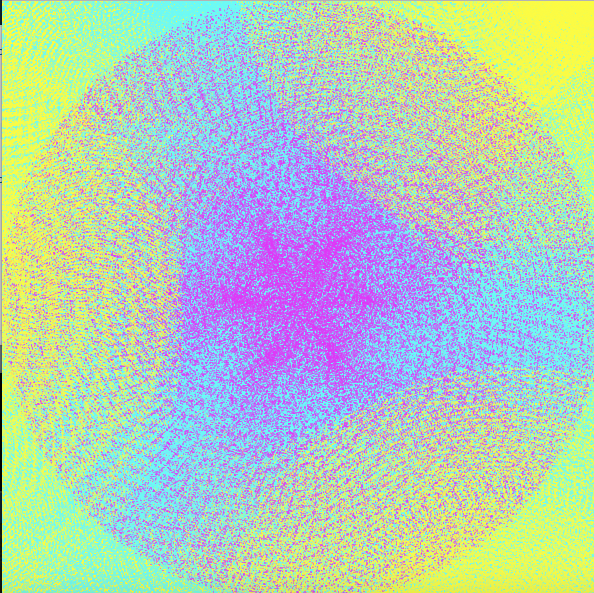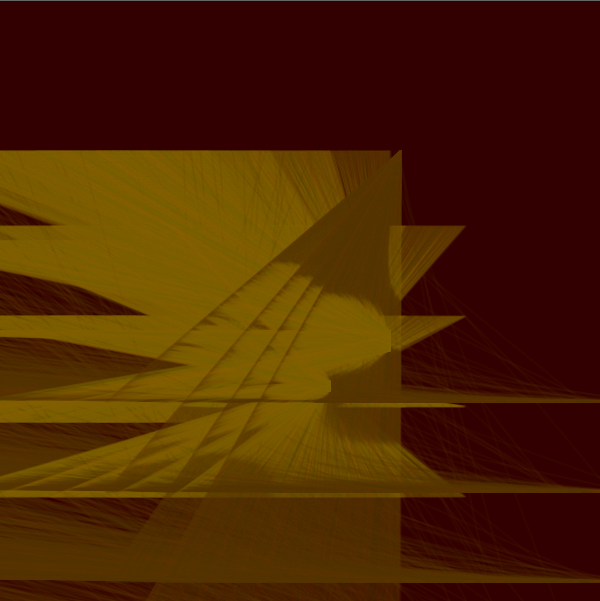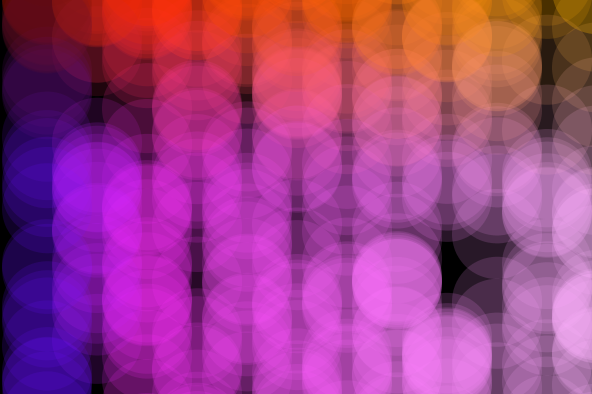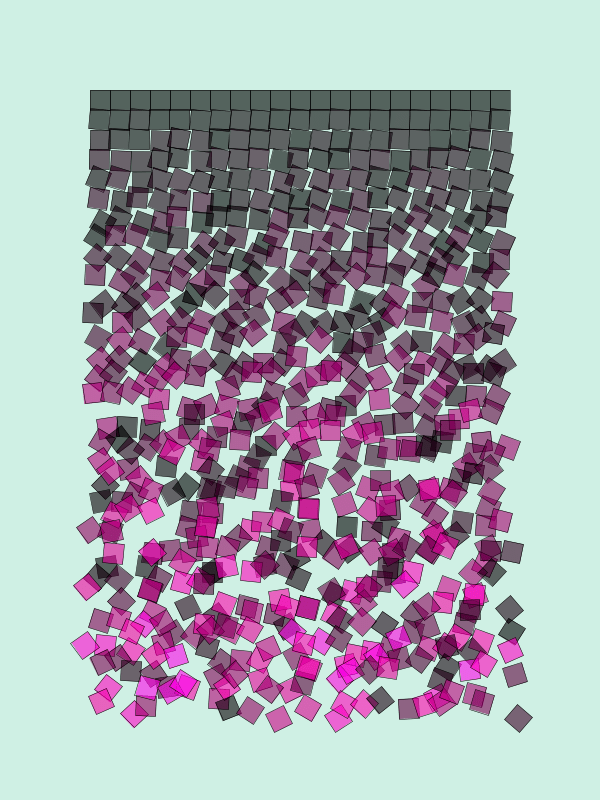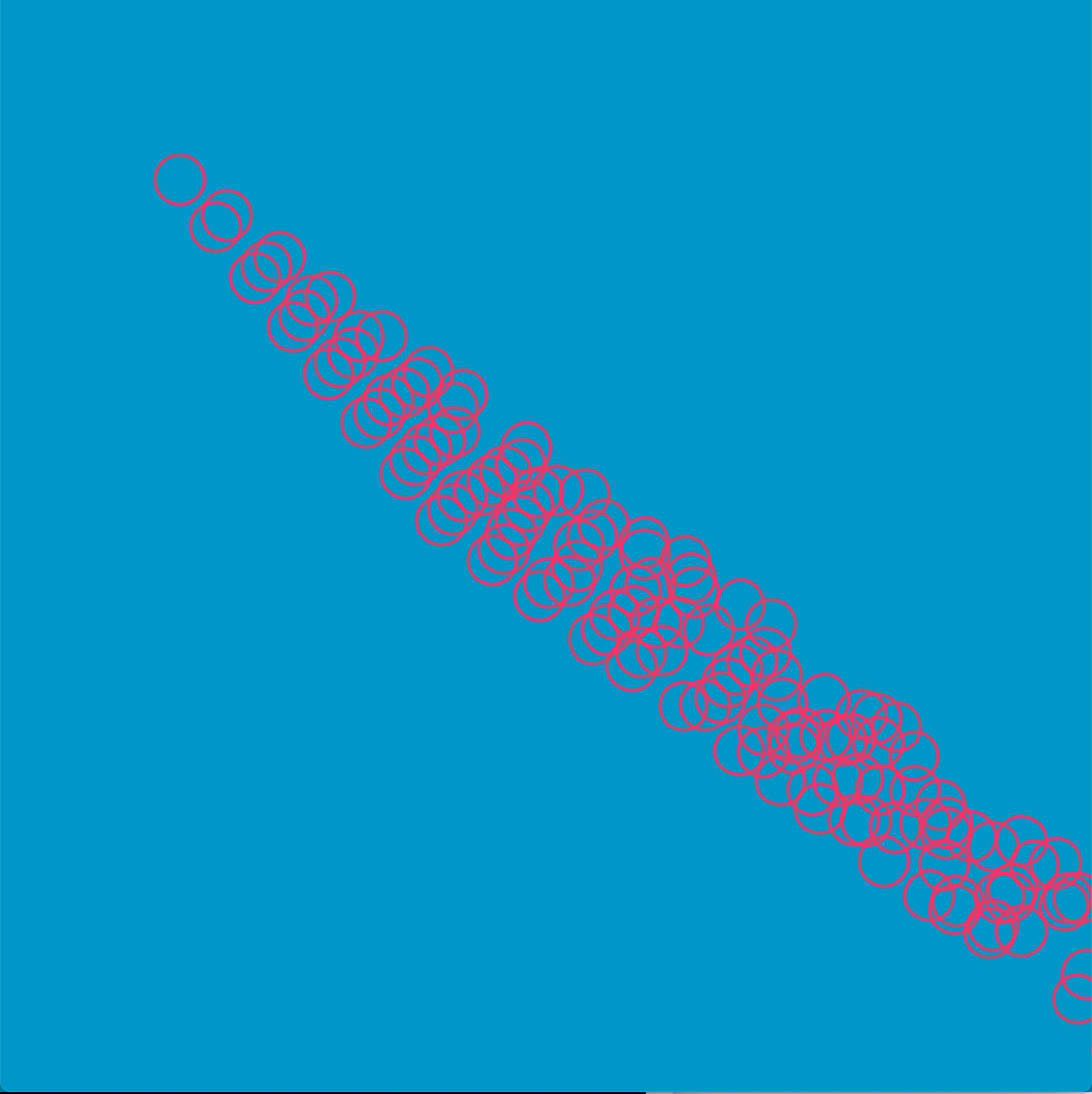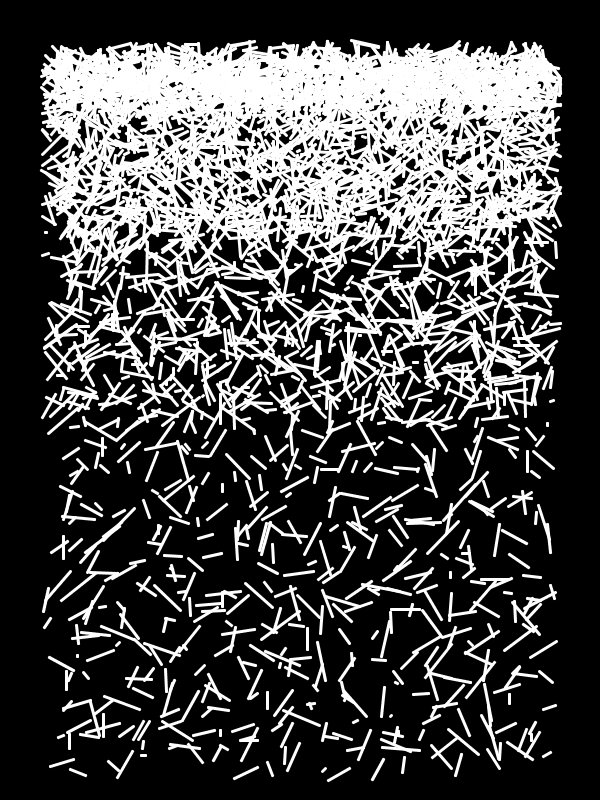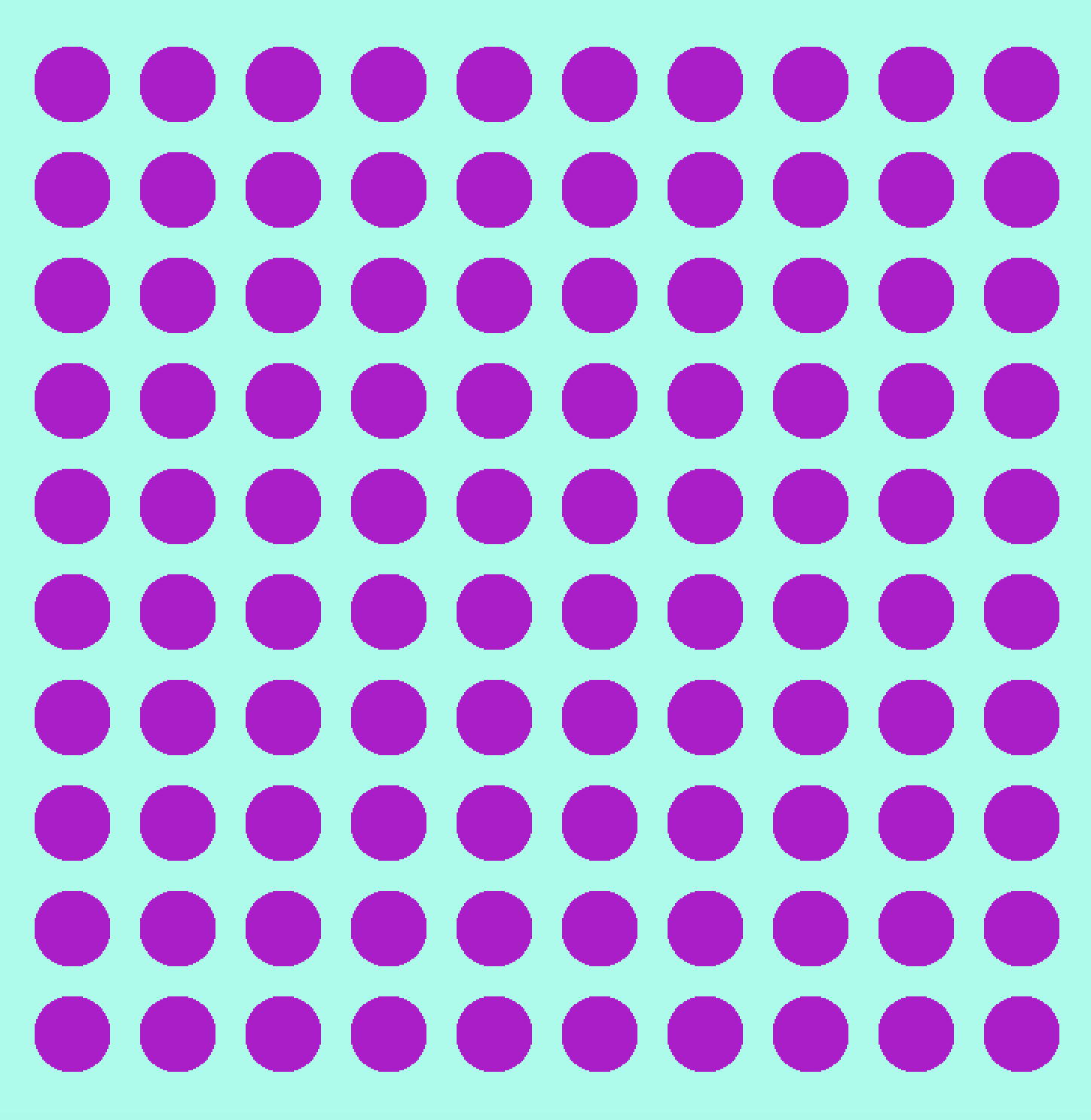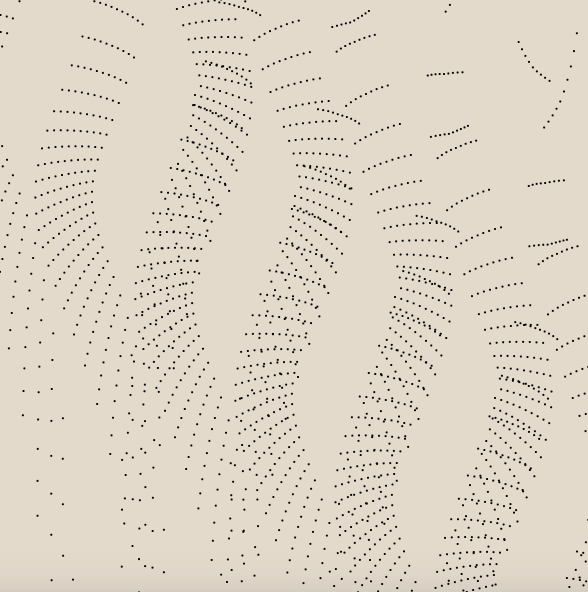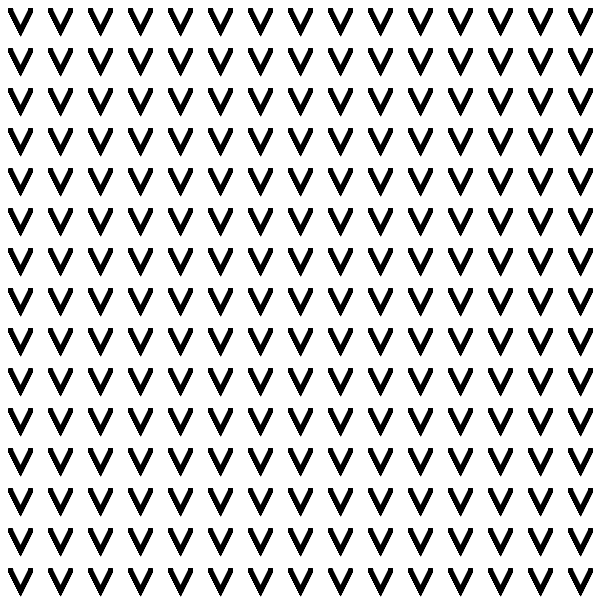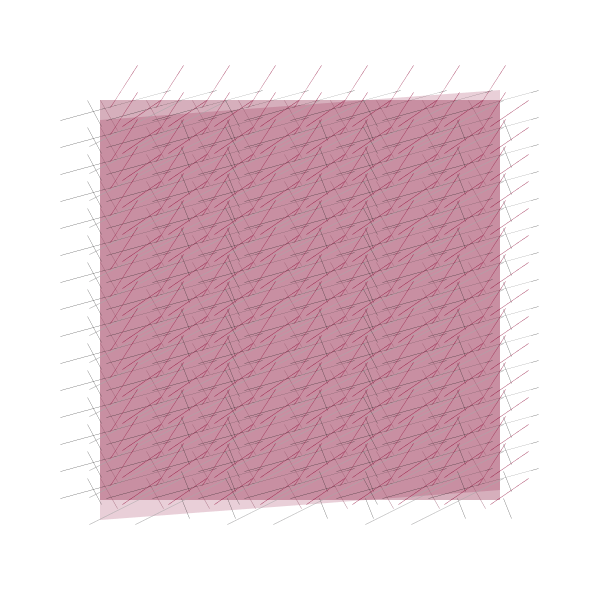Categories
Art from Code
Art from Code: Frigid
This project began when I asked Angela about exploring nature through code- she suggested learning how to code snow, and that sounded like a great idea! Angela gave me two pieces of code to work with and combine: one was…
Art from Code: Self Portraits and Molnar Inspiration
From the pictures I have here, there are two separate projects. The first is a few self portraits, which is what I worked on prior to deciding to pursue inspiration from Vera Molnar, an artist the class looked at earlier…
Art from Code: Crazy Bouncing Ball
As a future game designer, I plan to do a simple interactive game at my conference. I spend quite a time on what game should I do. Originally, I am inspired by my city-skyline assignment. In that check-in, I imitated…
Art From Code: Response to Vera Molnar
Vera Molnar is a famous computer artist with her own style. She really knows how to play with the order of computer art. Making the computer art playful, she adds massive functions related to noises and randomness. In her art,…
Art From Code: A Response to Grace Hertlein
I was unable to predict the behaviors of each loop, so my process involved repeated subtle reconfiguring and experimentation with different permutations. The resulting images are a series of curated accidents.
Art from Code: A Response to Grace Hertlein
For my response to Grace Hertlein I focused on two things. One was to humanize the art and make it feel alive, the other to give the computer more control and follow the surprises it produced. To start, I thought…
Art From Code: A Response to Grace Hertlein
Grace C. Hertlein, professor at California State University, is a famous computer artist. She started her work in the mid-1940s and had her first exhibition, at the “Fall Joint Computer Conference”, in 1969. She has her unique understanding toward computer…
Art from Code: A Response to Grace Hertlein
Grace Hertlein liked to use repetition and randomness to make patterns that were inspired by nature. In these pieces, I took ideas from the “flower” example we in class worked on together and made expanded on the code in the…
Art From Code: A Response to Georg Nees
Georg Nees was interested in using stochastic functions to disrupt formal structures. His work is characterized by a visible transformation from order to chaos. This is well demonstrated by Schotter (1968), in which a rotation and transformation disorder a grid….
Art from Code: A Response to George Nees
Modern generative graphic designer Georg Nees was a pioneer of computer art. One of Nees’ signature pieces is the Schotter (gravel in german). In this series he uses patterns, randomization, distruption and chaos to create a series of compelling digital…
Art from Code: A Response to Georg Nees
Generative Art has its first exhibition on February 4th, 1965. It held by Max Bense, professor at the University of Stuttgart, and Georg Nees, a mathematician who interested in art. As a pioneer of generative digital art, Nees has his…
Art from Code: A Response to Georg Nees
For my responses to Georg Nees, I took the ideas behind his work “Gravel” and incorporated them in my responses. The idea behind “Gravel” are the disruption of a formal pattern. Nees also enjoyed the idea of variation within a…
Art From Code: A Response to Georg Nees
Georg Nees, credited as a pioneer of computer-generated artwork, is renowned for his generative, stochastic style of using computers to create works of art. Through his method, Nees would first create a formal structure that was very concrete. By gradually…
Art From Code: A Response to Georg Nees
For the first version of this assignment I began with a single circle which then loop into randomness. It transitions from order to disorder. I did this by creating a number of integers and variables to define columns, rows, cell…
Art From Code: A Response to Georg Nees
For my response to Georg Nees I did three separate instances of a pattern showing random progression. By doing this I was able to experiment with three different formal patterns but lost some experience by not sticking with one pattern…
Art from Code: A Response to Vera Molńar
Molnar’s work focuses on the breakup of repeating units, mostly expressed as a series of increasingly distruped strokes or shapes. In this project, I have made use of the shape, ellipse. I started with a very simple image with a…
Art From Code: A Response to Vera Molnár
Repetition isn’t inherently meaningful or creative, but I think Molnár’s process is interesting in the way it highlights small decisions. The small decisions an artist makes can reflect their conscious and subconscious thought processes in a way that contains meaning.
Art From Code: A Response to Vera Molnár
Vera Molnár uses repetition to uncover, play with, and alter the rules of composition in art. She creates her work by destabilizing and then stabilizing a piece until it reaches the image in her head. For my response to Molnár…
Art from Code: A Response to Vera Molnar
For this project, I admit that I may not have completed it correctly. I did not realize that the sequence was supposed to be 1-2-3-4-5 instead of 1-2, 1-3, 1-4, 1-5. This misunderstanding was quickly cleared up and I understand…
Art From Code: A Response to Vera Molnár
When exploring Vera Molnár’s work and reading about her process, what struck me most about her art was the way she was able to make works manufactured by coding software look handmade and organic. This effect can be most often…
